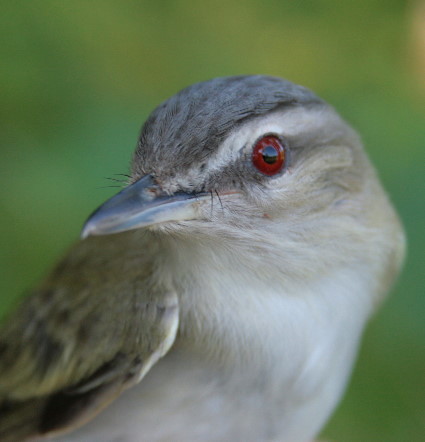 |
| Snowy Owl, Bubo scandiacus, click to enlarge |
 |
| same Snowy Owl in flight, ditto |
My life list has grown even more, thanks to trips to Ontario and Vancouver Island bringing in birds like Caspian Tern, Bewick's Wren and Red-throated Loon. On my first West Coast trip of the year I managed arguably my greatest ornithological feat thus far: getting Grade 9 students interested in birding. Apparently all it takes is scope-filling views of Bald Eagles mating!
I'll wrap up this little bit of self-indulgence with some goals for 2012:
- Improve my birding by ear,
- 200 birds for the year (or approximately matching 2011's 202 species),
- Review a book a month for this blog, and,
- Find the following ten species in Alberta:
- Eurasian Wigeon, Harlequin Duck, Red-breasted Merganser, and White-winged Scoter - the four more common Alberta duck species I haven't seen in the province (or anywhere in the case of the wigeon and the scoter)
- Golden Eagle - which will mean at long last taking a trip to the Mt. Lorette count next fall
- Peregrine Falcon - they nest ten minutes from my house every year so how hard can it be
- Pileated Woodpecker - seen in Ontario before I was a birder, becoming something of a nemesis bird for me
- Mountain Chickadee - given the amount of time we spend in the mountains you would think this would have made an appearance by now and it's my only remaining western chickadee
- Canada Warbler - I just think they're pretty
- Chestnut-collared Longspur (or any other variety of Longspur would be nice) - a classic prairie bird
Well that's it for 2011 - we'll see in 365 days how wildly optimistic that little list is!
Happy New Year!




















































